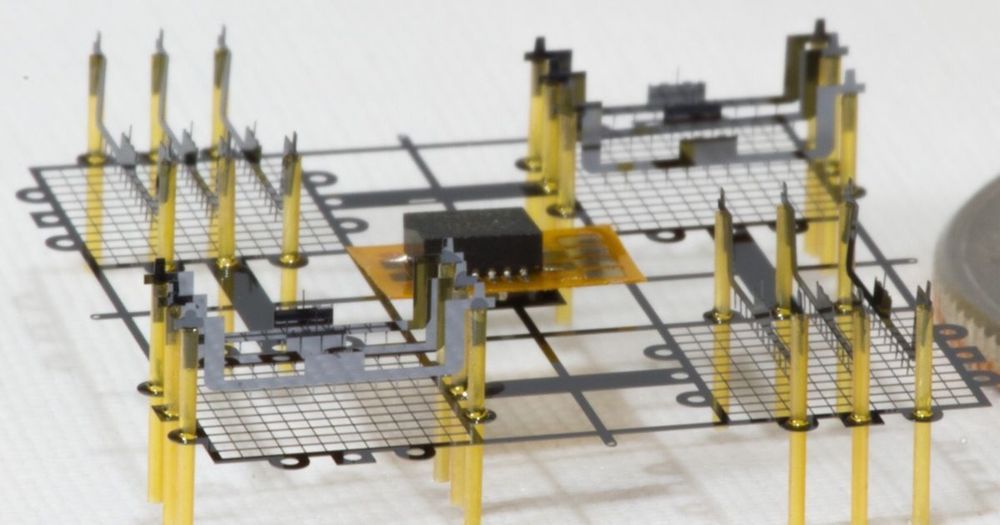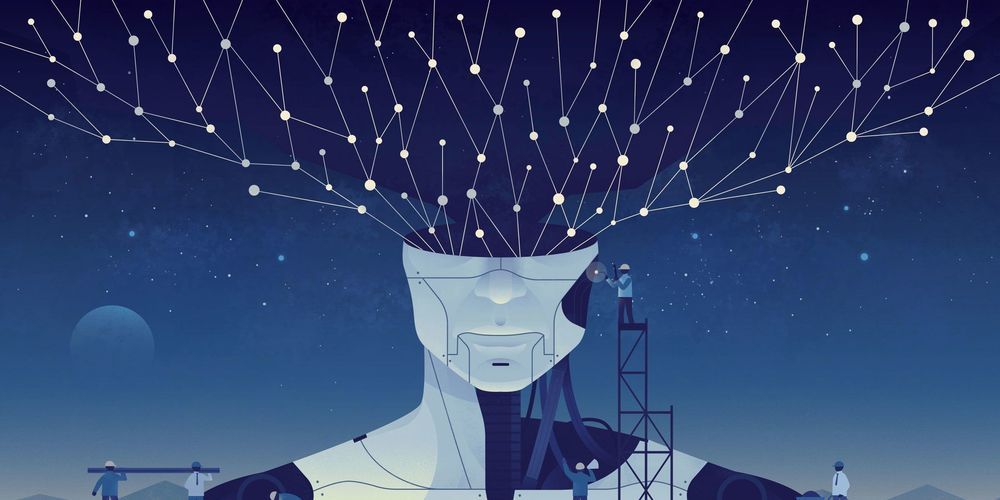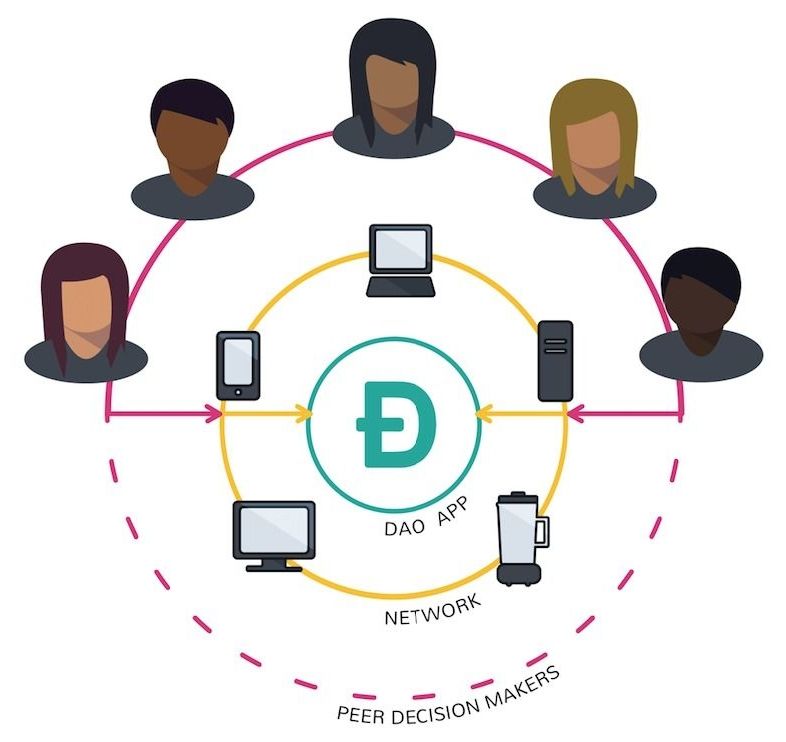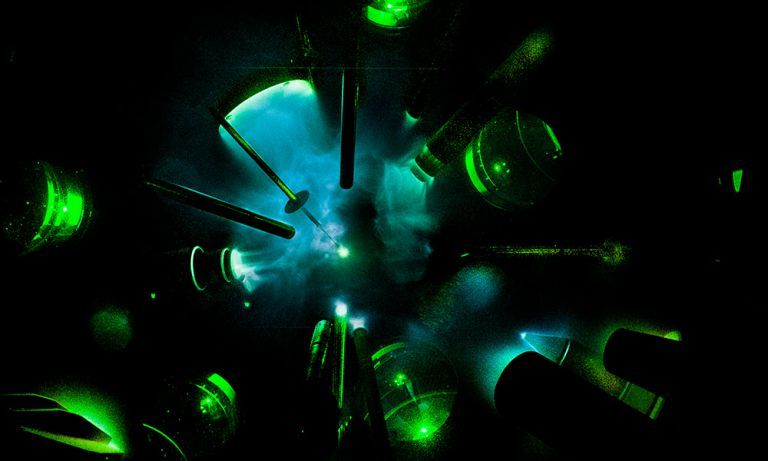Archive for the ‘robotics/AI’ category: Page 1937
Feb 5, 2019
Penny-Sized Ionocraft Flies With No Moving Parts
Posted by Caycee Dee Neely in categories: drones, robotics/AI

The development of utility fog just took a significant step forward. The projected size for miniaturization is mm size. With increased nanofabrication should come sub-millimeter.
Absolutely no moving parts, either.
Continue reading “Penny-Sized Ionocraft Flies With No Moving Parts” »
Feb 5, 2019
Biotechnology and Human Augmentation
Posted by Klaus Baldauf in categories: biotech/medical, military, robotics/AI
Over the last decade, military theorists and authors in the fields of future warfare and strategy have examined in detail the potential impacts of an ongoing revolution in information technology. There has been a particular focus on the impacts of automation and artificial intelligence on military and national security affairs. This attention on silicon-based disruption has nonetheless meant that sufficient attention may not have been paid to other equally profound technological developments. One of those developments is the field of biotechnology.
There have been some breathtaking achievements in the biological realm over the last decade. Human genome sequencing has progressed from a multi-year and multi-billion dollar undertaking to a much cheaper and quicker process, far outstripping Moore’s Law. Just as those concerned with national security affairs must monitor disruptive silicon-based technologies, leaders must also be literate in the key biological issues likely to impact the future security of nations. One of the most significant matters in biotechnology is that of human augmentation and whether nations should augment military personnel to stay at the leading edge of capability.
Military institutions will continue to seek competitive advantage over potential adversaries. While this is most obvious in the procurement of advanced platforms, human biotechnological advancement is gaining more attention. As a 2017 CSIS report on the Third Offset found most new technological advances will provide only a temporary advantage, assessed to be no more than five years. In this environment, some military institutions may view the newer field of human augmentation as a more significant source of a future competitive edge.
Feb 4, 2019
China Built an AI to Detect Corruption and Officials Shut it Down
Posted by Michael Lance in categories: information science, mobile phones, robotics/AI
AI may quickly point out a corrupt official, but it is not very good at explaining the process it has gone through to reach such a conclusion.
“We just use the machine’s result as reference,” Zhang Yi, an official in a province that’s still using the software, told the SCMP. “We need to check and verify its validity. The machine cannot pick up the phone and call the person with a problem. The final decision is always made by humans.”
Algorithmic Justice
Continue reading “China Built an AI to Detect Corruption and Officials Shut it Down” »
Feb 3, 2019
Neural Networks Need a Cookbook. Here Are the Ingredients
Posted by Genevieve Klien in categories: mathematics, robotics/AI
Neural networks can be as unpredictable as they are powerful. Now mathematicians are beginning to reveal how a neural network’s form will influence its function.
Feb 3, 2019
What is a DAO?
Posted by Klaus Baldauf in categories: bitcoin, robotics/AI, transportation
Imagine this: a driverless car cruises around in search of passengers.
After dropping someone off, the car uses its profits for a trip to a charging station. Except for it’s initial programming, the car doesn’t need outside help to determine how to carry out its mission.
That’s one “thought experiment” brought to you by former bitcoin contributor Mike Hearn in which he describes how bitcoin could help power leaderless organizations 30-or-so years into the future.
Feb 3, 2019
Laser Scientists Just Tripled Their Fusion Power Yield
Posted by Genevieve Klien in categories: innovation, robotics/AI
Fusion power — the process that keeps stars like the Sun burning — holds the promise of nearly unlimited clean power. But scientists have struggled for decades to make it a practical energy source.
Now, laser scientists say a machine learning breakthrough has smashed the standing record for a fusion power yield. It doesn’t mean fusion power is practical yet, but the prestigious journal Nature called the result “remarkable” and wrote that it has “major implications” — so, at the very least, it’s another hint that the long-deferred technology is starting to come into focus.
After years of promise, AI is finally becoming useful. But what usually happens to useful technologies is that they disappear. We forget about the things that just work, and we shouldn’t let that happen to AI. Any technology destined to change the world needs scrutiny, and AI, with its combination of huge imaginative presence and very real, very dangerous failings, needs that scrutiny more than most.
So, for the AI Issue at The Verge, we’re taking a closer look at some of the ways artificial intelligence and machine learning are affecting technology right now — because it’s too late to understand something after it’s changed the world.
Feb 2, 2019
Researchers want to revolutionise AI
Posted by Genevieve Klien in categories: quantum physics, robotics/AI
Today, I talk not just about Exponential Technologies but also about Exponential Combinations, by combining Quantum Computing with Neural Networks we’d revolutionise both.
Feb 2, 2019
Facebook wants to detect when you are angry
Posted by Genevieve Klien in category: robotics/AI
Facebook is working on an artificial intelligence that it hopes could one day detect people’s emotions based on their tone of their voice, aiming to alleviate the frustrations of modern voice speaker systems such as Alexa.
Engineers at the social network’s research labs are working out how to train its voice-controlled video chat device, Portal, to understand when a user is angry, an employee said during a tech conference in San Francisco.
The system could one day be used across Facebook Messenger and WhatsApp calls, but could lead to privacy fears about the scope of the company’s data collection.
Continue reading “Facebook wants to detect when you are angry” »
















